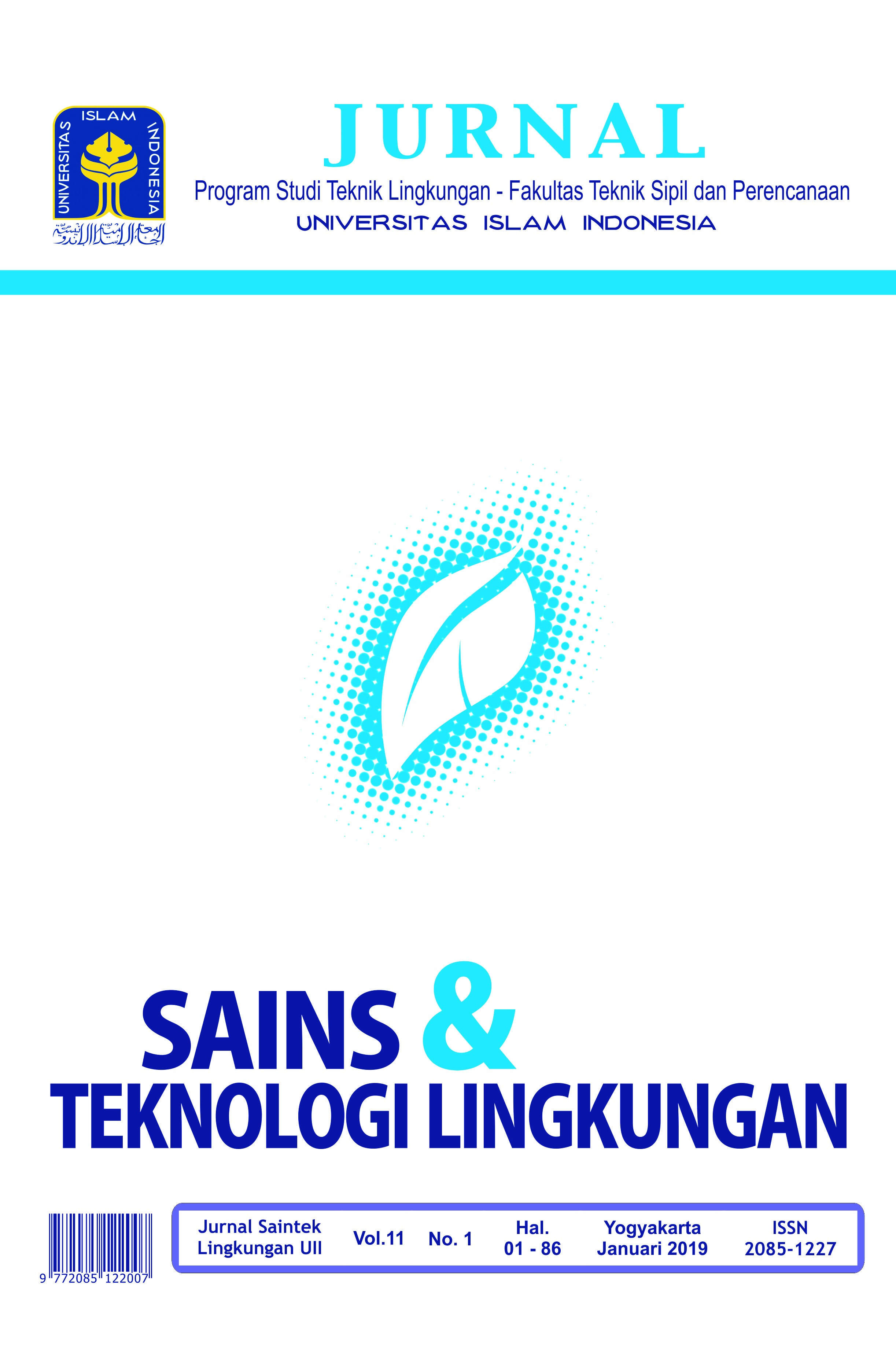Main Article Content
Abstract
Keywords
Article Details
References
- Akanksha. (2019). Countries with the biggest coal reserves. Mining Technology, Mining News and Views Updated Daily, 04-June-2018. [Online]. https://www.mining-technology.com/features/feature-the-worlds-biggest-coal-reserves-by-country/. [Accessed: 29th March 2019].
- Alhaddad, A. (2015) . Perceived Quality, Brand Image and Brand Trust as Determinants of Brand Loyalty. Journal of Research in Business and Management, 3(4), pp. 1–8
- Ali, M. (2015). Implementation Analysis of ISO 50001:2011 Energy Management System
- (EnMS) on a Small/Medium Enterprise. Technical Journal, University of Engineering and Technology (UET) Taxila, Pakistan, 20 (II)
- Caron, J., Durand, S., and Asselin,H. (2016). Principles and criteria of sustainable development for the mineral exploration industry. Journal of Cleaner Production, 119, pp. 215–222
- Coal India Limited. (2017). Producing Quality Coal. Transforming Lives. [online] https://alankit.com/pdf/Coal%20India%20Annual%20Report%202016-17-%20FINAL%2012.8.2017.pdf .[Accessed : 23rd February 2019].
- Els, F. (2018). Top 50 biggest mining companies. [Online]. http://www.mining.com/top-50-biggest-mining-companies/. [Accessed: 29th March 2019].
- Fonseca, L. (2015). ISO 14001:2015: An Improved Tool for Sustainability. Journal of Industrial Engineering and Management JIEM, 8(1): 37-50
- Gorny, A. (2015). Occupational health and safety management in the international condition (consistent with objectives the ISO 45001 standard). Modern Management Review, XX (22): pp. 73-88.
- KGHM. (2019). At a glance. KGHM Corporate Website. [Online]. https://kghm.com/en/about-us/glance. [Accessed: 23rd February 2019]
- KGHM Polska Miedz.(2018). Integrated Report for 2017. [online]. https://kghm.com/en/node/4991 .[Accessed : 23rd February 2019]
- Mkhaimer, L., Arafeh, M and Sakhrieh, A. (2017). Effective implementation of ISO 50001 energy management system: Applying Lean Six Sigma approach. International Journal of Engineering Business Management, 9: 1–12.
- Okwiri, O and Mbeche, I. (2014). ISO 9001 Certification Status and Organizational Quality Maturity. International Journal of Business and Social Science. 5 (10)
- PT Bukit Asam, Tbk. (2017). Achieving EXCELLENCE for SUSTAINABLE GROWTH. [online].
- http://www.ptba.co.id/id/csr/laporan-berkelanjutan .[Accessed : 22nd Febr uary2019].
- PT Latinusa Tbk. (2017) . Strengthening Quality. [online]. http://www.latinusa.co.id/laporan-tahunan .[Accessed : 23rd February 2019].
- Riaz, H., Saeed, A., Baloch, M S., Nasrullah and Khan, Z A. (2019). Valuation of Environmental Management Standard ISO 14001: Evidence from an Emerging Market. Journal of Risk and Financial Management, 12 (21).
- Tari, J., Azorin, J and Heras, I. (2012). Benefits of the ISO 9001 and ISO 14001 standards:
- A literature review. Journal of Industrial Engineering and Management
- JIEM, 5(2): 297-322
References
Akanksha. (2019). Countries with the biggest coal reserves. Mining Technology, Mining News and Views Updated Daily, 04-June-2018. [Online]. https://www.mining-technology.com/features/feature-the-worlds-biggest-coal-reserves-by-country/. [Accessed: 29th March 2019].
Alhaddad, A. (2015) . Perceived Quality, Brand Image and Brand Trust as Determinants of Brand Loyalty. Journal of Research in Business and Management, 3(4), pp. 1–8
Ali, M. (2015). Implementation Analysis of ISO 50001:2011 Energy Management System
(EnMS) on a Small/Medium Enterprise. Technical Journal, University of Engineering and Technology (UET) Taxila, Pakistan, 20 (II)
Caron, J., Durand, S., and Asselin,H. (2016). Principles and criteria of sustainable development for the mineral exploration industry. Journal of Cleaner Production, 119, pp. 215–222
Coal India Limited. (2017). Producing Quality Coal. Transforming Lives. [online] https://alankit.com/pdf/Coal%20India%20Annual%20Report%202016-17-%20FINAL%2012.8.2017.pdf .[Accessed : 23rd February 2019].
Els, F. (2018). Top 50 biggest mining companies. [Online]. http://www.mining.com/top-50-biggest-mining-companies/. [Accessed: 29th March 2019].
Fonseca, L. (2015). ISO 14001:2015: An Improved Tool for Sustainability. Journal of Industrial Engineering and Management JIEM, 8(1): 37-50
Gorny, A. (2015). Occupational health and safety management in the international condition (consistent with objectives the ISO 45001 standard). Modern Management Review, XX (22): pp. 73-88.
KGHM. (2019). At a glance. KGHM Corporate Website. [Online]. https://kghm.com/en/about-us/glance. [Accessed: 23rd February 2019]
KGHM Polska Miedz.(2018). Integrated Report for 2017. [online]. https://kghm.com/en/node/4991 .[Accessed : 23rd February 2019]
Mkhaimer, L., Arafeh, M and Sakhrieh, A. (2017). Effective implementation of ISO 50001 energy management system: Applying Lean Six Sigma approach. International Journal of Engineering Business Management, 9: 1–12.
Okwiri, O and Mbeche, I. (2014). ISO 9001 Certification Status and Organizational Quality Maturity. International Journal of Business and Social Science. 5 (10)
PT Bukit Asam, Tbk. (2017). Achieving EXCELLENCE for SUSTAINABLE GROWTH. [online].
http://www.ptba.co.id/id/csr/laporan-berkelanjutan .[Accessed : 22nd Febr uary2019].
PT Latinusa Tbk. (2017) . Strengthening Quality. [online]. http://www.latinusa.co.id/laporan-tahunan .[Accessed : 23rd February 2019].
Riaz, H., Saeed, A., Baloch, M S., Nasrullah and Khan, Z A. (2019). Valuation of Environmental Management Standard ISO 14001: Evidence from an Emerging Market. Journal of Risk and Financial Management, 12 (21).
Tari, J., Azorin, J and Heras, I. (2012). Benefits of the ISO 9001 and ISO 14001 standards:
A literature review. Journal of Industrial Engineering and Management
JIEM, 5(2): 297-322
